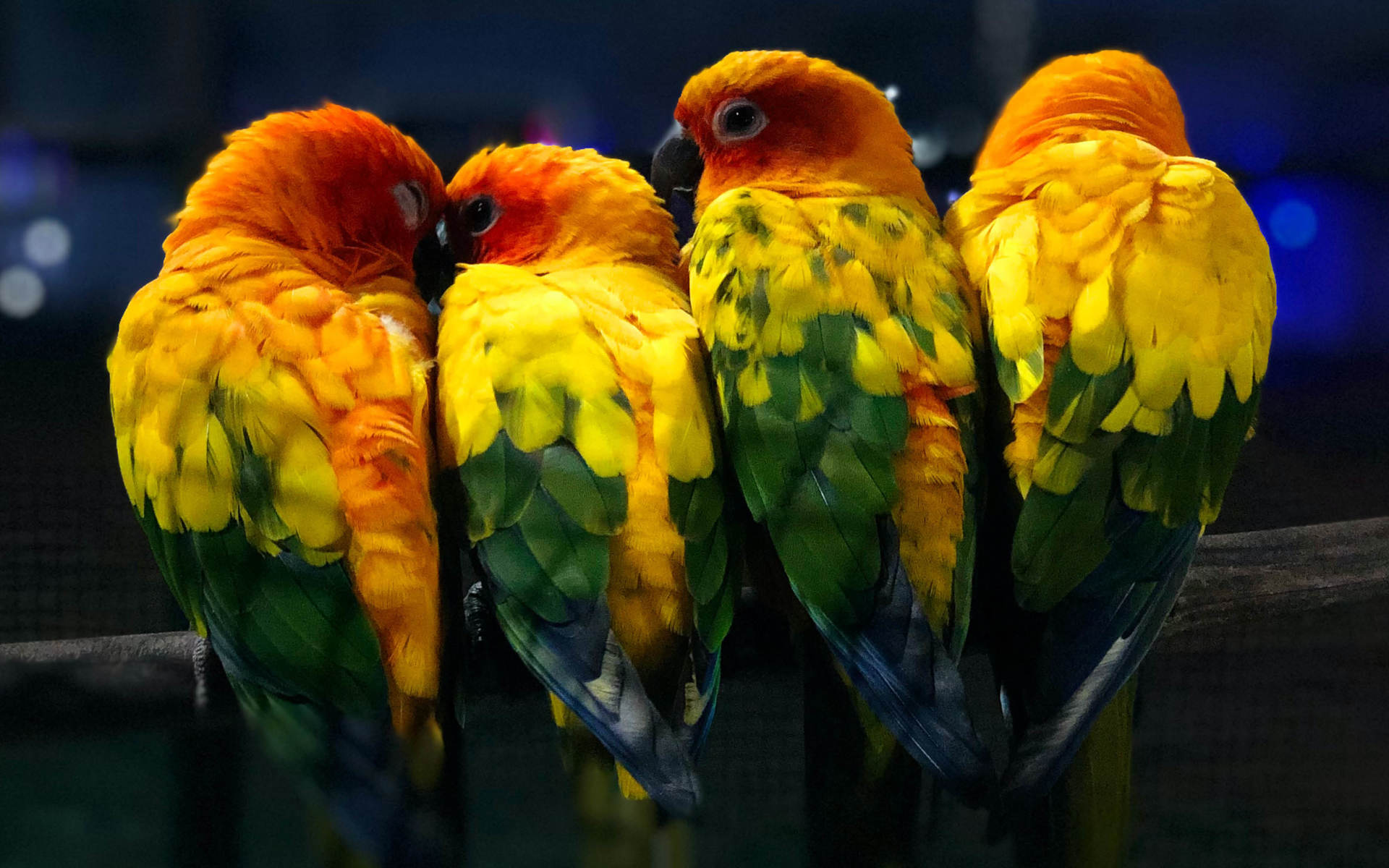While swiping on your dating app of choice, arbitrarily deciding whether the person whose carefully curated profile contains a few photos and a couple of conversational prompts could be “The One”. You read their bio. It starts with a witty albeit overused joke, their height, some of their interests and, of course, the obligatory “must love dogs/cats”. You scroll a little further to be greeted by an abbreviation you aren’t familiar with, CNM or ENM. You minimise the app and make your way over to Google, in a millisecond, you are bombarded by millions of search results, opening you up to the world of Consensual- or Ethical non-monogamy.
So what is CNM? Well, in truth, CNM is somewhat of an umbrella phrase used by psychologists and psychotherapists to describe a wide range of distinctly different consensual non-monogamous relationship agreements that range from swinging, open relationships or, as is the case in polyamory, the philosophy that it is possible to love multiple people simultaneously to name just a few. At this point, it is only fair to state openly and honestly, to avoid bias, that on my dating profiles, I have ENM and Poly as part of my bio. I find myself currently exploring the world of CNM with a partner who I am falling deeply in love with but still seeking out predominantly sexual relationships with others. That said, I assume a whole host of questions and assumptions have made their way into your mind. Isn’t that just cheating? Isn’t being with one person enough for you? Are you just exploring CNM because you are scared to commit to one person? Doesn’t the jealousy absolutely eat you up? Well, that’s what this is all about, so let’s have a chat.

Photo: @hustleblud / Matt Alex GinsburgThe notion is that CNM relationships are merely or predominantly an excuse to cheat on your partners without the consequences infidelity would have in traditional monogamous relationships. To tackle this, we first need to define what we consider infidelity, which as renowned psychotherapist Esther Perel mentions in many of her talks on infidelity, is rather hard to do. In her 2015 TED talk, she says, “everyone wants to know what percentage of people cheat… But the definition of infidelity keeps on expanding: sexting, watching porn, staying secretly active on dating apps. So because there is no universally agreed-upon definition of what even constitutes infidelity, estimates vary widely, from 26% to 75%.” However, she also provides her definition of what she considers cheating, and I think it’s an excellent basis to work off of. “Now, I like this definition of an affair — it brings together the three key elements: a secretive relationship, which is the core structure of an affair; an emotional connection to one degree or another; and a sexual alchemy. And alchemy is the key word here, because the erotic frisson is such that the kiss that you only imagine giving, can be as powerful and as enchanting as hours of actual lovemaking. As Marcel Proust said, it’s our imagination that is responsible for love, not the other person.” Perel’s beautiful worded definition here, I feel, gives a clear guideline to infidelity. I think the key point here regarding CNM relationships and how they distinguish themselves from infidelity lies in the notion that all parties involved in the many forms of CNM relationships are aware of and openly communicate about all the other relations they and their partners are involved in. However, it is of the utmost importance to mention that cheating is still possible within CNM relationships because people may cross the line regarding the rules, boundaries or limits that have been agreed upon. For example, I would consider it cheating if I were to go on a date without all parties involved being aware or informing my partner about the fact that I’m going on a date and my date being aware that I do have a partner. This way, the date is fully consented to by all parties. There is no secrecy involved, and hence according to the definition put forward by Perel, it cannot be seen as cheating.
Building on misconceptions regarding people who practice CNM, I think one is most often flung around is that it is all simply because of some unquenchable sexual thirst or the inability or fear to commit to a single partner. From the outside, it may very well seem like that, but as one of the seminal voices regarding CNM, psychotherapist Margaret Nichols writes, “Many people are titillated when they first hear about polyamory, but a common joke in poly circles is that CNM people spend far more time talking to partners and discussing issues than actually having sex.” Don’t get me wrong, the sexual aspect is something that is important, well, at least to me, but no more or less important than it has been in my monogamous relationships. However, as an interesting note, there are actually a lot of people that identify as asexual who practice polyamory. “They find polyamory appealing because they can still have an emotional, romantic relationship—or multiple relationships—but their partners aren’t also forced to be asexual or celibate,” writes Dedeker Winston, author of The Smart Girl’s Guide to Polyamory. I guess that is one of the paradoxes that surround CNM and particularly polyamory, albeit it may seem like a relationship model that distances itself from commitment, it is, in actuality, a form of dating that requires an immense amount of continued commitment. Commitment to communication, to care, to being present with your various partners and playmates and also continuously checking in on them to address and resolve any conflicts or concerns they may have.

Photo: @hustleblud / Matt Alex Ginsburg
I hear you exclaiming well, you can’t have your cake and eat it too, but here I would like to disagree wholeheartedly. Maybe it is a matter of perspective, but I am pretty perplexed by the manner in which we as a society have created very clear, heavily reinforced ideas about particularly romantic love. To paraphrase TEDx speaker Kel Walters, society views romantic love as a well, one in which you give and give until you scrape the bottom and there’s nothing more to offer. Love, however, works more like a positive feedback loop in which the more you give, the more you receive, the more you want to give in return. This is all understood outside the confines of romantic love. Just because you get a new friend doesn’t mean you have to cast your existing friendships aside, there is always space for more platonic love. The same notion exists in families in which we accept that we don’t stop loving a sibling just because we got more siblings, and parents don’t stop loving one child as soon as they have another (in healthy familial scenarios, that is). Still, when it comes to romantic love, we have mostly been taught and have had ideas reinforced by society and various forms of media that it is somehow the only finite version of that emotional expression.
Now in no way am I aiming to convert anyone into transitioning into a CNM relationship, nor do I think that monogamy doesn’t have its place. Monogamy can be so unbelievably beautiful, but it’s not for everyone. Monogamy is actually a pretty modern concept, as many human societies have only become monogamous in the last 200 years or so. Many historians trace it back to the agricultural revolution as Nichols mentions that monogamy was widely instituted “as a way for men to establish patrilineality and hand down material wealth to their offspring”. Not to show my red socks too much, but monogamy is inherently linked to ownership, in which a man needed to be sure of his wife’s fidelity as a highly unromantic financial incentive. The modern world, however, has brought with it a number of external stressors that I genuinely believe we have not yet evolved to deal with. Yes, monogamous relationships can be enough, but in my mind, I’ve thought a lot about the sheer amount of pressure we are putting on one person to fulfil a role that is becoming more and more complicated. Perel mentions, “We have a romantic ideal in which we turn to one person to fulfil an endless list of needs: to be my greatest lover, my best friend, the best parent, my trusted confidant, my emotional companion, my intellectual equal. And I am it: I’m chosen, I’m unique, I’m indispensable, I’m irreplaceable, I’m the one.” But often, as global divorce rates show, we can’t be “the one” to satiate and satisfy all the needs of our partners. Similarly to how we have a multitude of friends that play different roles and fulfil other needs, people within CNM relationships translate this notion over to their various romantic and/or sexual partners as well in a process Nichols often refers to as outsourcing (how sexy).

Photo: @hustleblud / Matt Alex Ginsburg
In conclusion, it is time to address the elephant in the room. The factor that probably deters most people away from exploring CNM; jealousy. Now, I have to admit that I have been very fortunate in that the limits and boundaries my partner and I set up with each other has, if anything, killed any semblance of jealousy I had left. So yes, jealousy is an issue, but only as big an issue in CNM as it is within monogamy. As sex educator, Joli Hamilton mentions, there aren’t actually any forms of relationships that completely protect us from feelings of jealousy. Jealousy is so deeply entrenched in us that our own imagination can be strong enough to drive such a deep sense of jealousy that we ruin all kinds of relationships. The critical point here is that jealousy is a primal emotion often not related to what we witness happen in the outside world but rather an external expression of our innermost insecurities. Hamilton speaks about the presence of compersion (a term loosely defined as the opposite of jealousy) in many CNM relationships. Compersion boils down to a conscious turning towards joy in the face of jealousy. Instead of lashing out because your partner communicates the fact that they felt sexually satisfied or emotionally fulfilled by someone else, many within the CNM community use it as an opportunity to celebrate that someone they value so deeply could have such a fulfilling experience. As I said, jealousy never goes entirely away, and it is present in all types of interpersonal relationships, although it seems that many (not all) within CNM rewire their brains to turn one of humanity’s ugliest emotions into one of celebration and learning. I’m not saying CNM is for everyone but that there are viable alternatives.
Happy navigating, if you so wish.
Written by: Casey Delport
For more news, visit the Connect Everything Collective homepage www.ceconline.co.za














